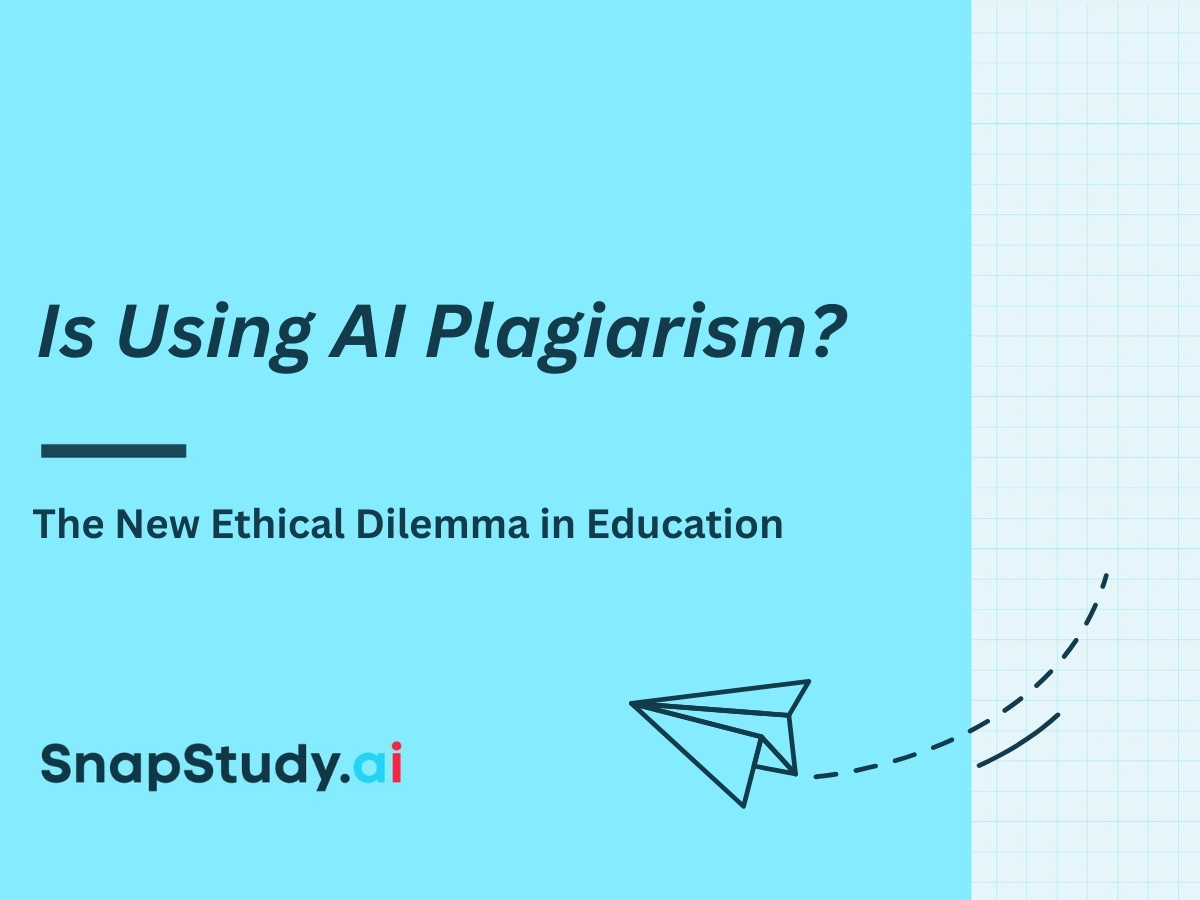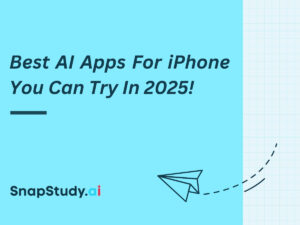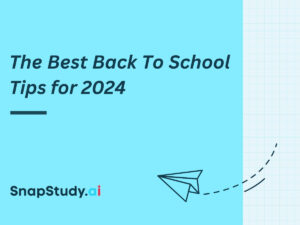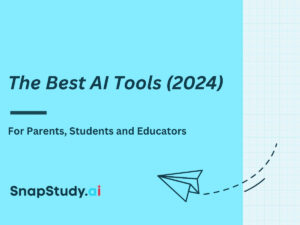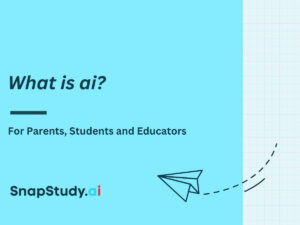Artificial intelligence (AI) is revolutionizing various aspects of our lives, from how we shop to how we communicate. But its impact on education has sparked a heated debate. One significant question stands out—Is using AI plagiarism? In this blog post, we’re diving into an ethical dilemma that’s on everyone’s minds—especially students, educators, and parents. We’ll chat about what plagiarism really is, how AI plays a role, and what we can do to tackle these challenges responsibly.
Understanding Plagiarism in a Digital Age
What is Plagiarism?
Plagiarism is when you use someone else’s work or ideas without giving them proper credit.
In educational settings, it includes:
- Copying text
- Using someone else’s research
- Even rephrasing someone else’s work without credit
Thanks to digital tools, spotting plagiarism has gotten trickier but also easier to handle.
Traditional vs. Digital Plagiarism
In the past, plagiarism was mostly confined to copying books or articles. Today, it includes copying from websites, online journals, and even social media posts.
(AI adds another layer of complexity, making it easier to generate content that might not be original.)
Why It Matters
Plagiarism undermines the educational process. It stunts the growth of critical thinking and creativity—skills that are key for both personal and professional development.
It’s important for students, educators, and parents to grasp just how serious plagiarism is.
AI in Education
What is AI?
Artificial Intelligence is like giving machines, especially computers, a bit of human smarts. It covers things like learning, reasoning, and fixing mistakes.
In education, AI can help out with:
- Grading
- Tailor lessons to each student
- Create content
(Link back to FAQ *What is AI?)
AI Tools in Education
AI tools like Grammarly, ChatGPT, Turnitin, and even AI-based essay generators are everywhere these days.
They’re great for boosting efficiency, but they also raise some tricky questions about originality and being honest with our work.
(Add affiliate links?)
Benefits and Challenges
While AI can boost learning by offering personalized feedback and automating admin tasks, it does bring up concerns about academic honesty. With AI making it so easy to generate written content, it’s tempting for students to misuse these tools.
But it’s also important to acknowledge that AI tools can help students catch their own mistakes and improve their writing skills.
The Role of Students
Responsible Use of AI Tools
Students need to be aware of the ethical implications of using AI in their work. They should understand that these tools can assist them, but they should not rely on them entirely for their academic success.
Importance of Proper Attribution
It’s really important for students to give credit when they use information from other sources, whether it’s a book or something generated by AI. It shows respect for the original author and helps avoid plagiarism.
Seeking Guidance
If you’re a student unsure about using AI ethically, talk with your teachers. Open conversations can help clear up what’s acceptable and what counts as plagiarism.
The Role of Educators
Teaching About Plagiarism and AI Ethics
Educators play a crucial role in teaching students about plagiarism and the ethical use of AI tools.
Students must understand the ethical implications of using AI tools. While AI can be a valuable resource for research and learning, relying on it for assignments without proper attribution is problematic.
Developing Critical Thinking
AI can assist in the learning process, but it should not replace the need for critical thinking and original thought. Educators should encourage students to use AI tools to enhance their work, not to create it for them.
Setting Clear Guidelines
Educators have a key role in setting clear rules for using AI tools. These rules should spell out what’s okay and what’s not, helping students know the boundaries.
The Role of Parents
Being Informed
Parents should stay informed about the use of AI in education and its potential impact on their children. It’s essential to understand how AI tools work and what ethical considerations come into play.
Encouraging Honest Work
Parents can talk to their kids about why honesty and integrity matter in schoolwork. By having open conversations and leading by example, they can help their kids understand plagiarism and how to use technology ethically.
Being Involved in Education
Parents can also play a role in monitoring their children’s use of AI tools. They can help ensure that these tools are used responsibly and ethically.
Open Communication
Maintaining open lines of communication about the use of AI in education can help alleviate concerns. Parents, students, and educators should work together to ensure that AI is used responsibly.
The Takeaway
AI is undoubtedly transforming the education world we know, but it also raises ethical questions about plagiarism. Students must understand that using AI does not mean they can plagiarize without consequence.
By educating ourselves and those around us, we can navigate this new territory responsibly and ensure that academic integrity remains a top priority in education.
So, is using AI plagiarism? It doesn’t have to be if we use it ethically and responsibly.

